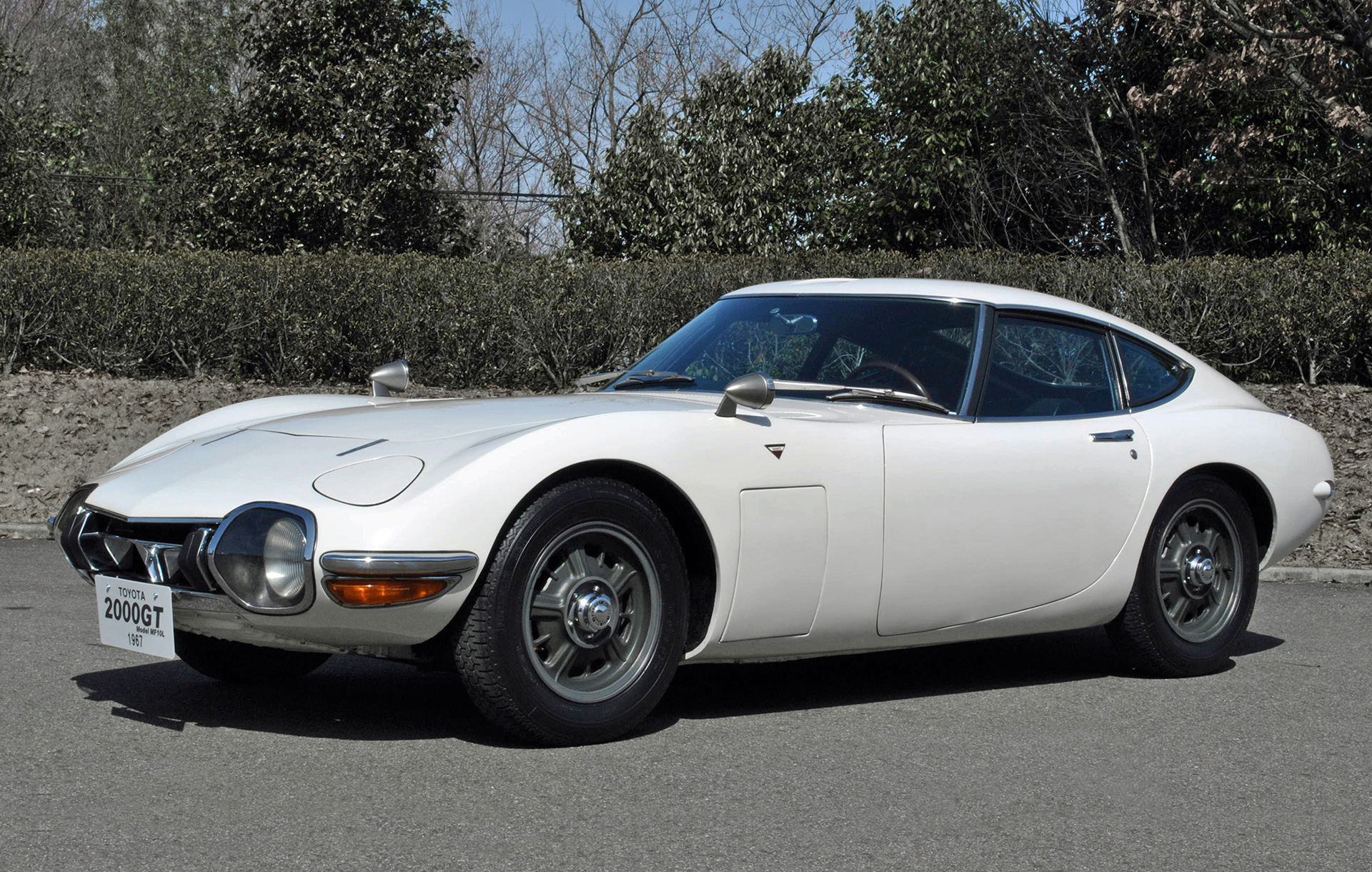

In the realm of personal finance, every drop counts—and we’re not just talking about interest rates. Did you know the average household could reduce water bill expenses with simple, everyday changes? Yes, it’s true! In today’s world, where sustainable living and mindful spending are paramount, cutting back on water usage isn’t just good for the planet, it’s good for your wallet too.
Imagine turning the tide on those pesky bills, reclaiming your hard-earned cash, and contributing to a greener future—all while enjoying the comforts of your home. Sounds like a win-win, right? So, let’s dive into ten effortless strategies to reduce water bill costs, conserve this precious resource, and unlock the hidden potential of your plumbing system.
1. The Leak Detective: A Mission to Save

Ever heard the saying, “A penny saved is a penny earned?” Well, when it comes to water leaks, it’s more like “A gallon saved is a gallon earned.” A dripping faucet or a running toilet might seem harmless, but they can waste a shocking amount of water (and money) over time. So, channel your inner Sherlock Holmes and embark on a leak detection mission. Check faucets, showerheads, toilets, and pipes for any signs of trouble.
Fixing even minor leaks can lead to significant water bill savings. Remember, a leak as small as 1/16th of an inch can waste up to 110 gallons of water per day. That’s the equivalent of filling a bathtub every other day! Don’t let those leaks drain your resources—take action and plug those profit leaks today.
2. Shower Power: Short and Sweet

Long, luxurious showers might feel amazing, but they’re not so friendly to your water bill. Challenge yourself to shorter, more efficient showers. Set a timer, create a shower playlist with upbeat tunes, or switch to a water-saving showerhead. You’ll be surprised how much you can reduce water consumption without sacrificing cleanliness.
Consider investing in a low-flow showerhead, which can use as little as 2 gallons of water per minute compared to the standard 2.5 gallons. You could even turn off the water while lathering up or shampooing your hair. These small adjustments to your shower routine can make a big difference in your overall water usage and help you achieve an affordable water bill.
3. The Full Load Laundry Club

Are you guilty of running the washing machine with just a few items? Join the “full load laundry club” and save both water and energy. Wait until you have a full load before hitting that start button. Additionally, consider switching to cold water washes whenever possible, as heating water accounts for a significant portion of energy use in laundry.
By making this small change, you’ll be surprised at how much you can reduce water consumption and save on your energy bills too. Another tip is to invest in a high-efficiency washing machine. These models are designed to use less water and energy, making them a smart choice for both your wallet and the environment.
4. Dishes Done Right: Dishwasher Efficiency

Handwashing dishes might seem like a water-saving tactic, but modern dishwashers are surprisingly water-efficient, especially when fully loaded. So, ditch the dishpan and let your dishwasher work its magic. Make sure to scrape food scraps instead of rinsing dishes before loading, and choose the “eco” or “energy-saving” cycle if your dishwasher has one.
Remember, a running faucet can waste up to 2 gallons of water per minute, so opting for the dishwasher can actually help you conserve water. If you don’t have a dishwasher, try filling a sink or basin with water instead of letting the tap run continuously. You’ll be amazed at how much you can reduce your water usage with this simple change.
5. Tame the Toilet: Water-Wise Flushing

Did you know that older toilets can use up to 6 gallons of water per flush? Yikes! If your toilet is a water guzzler, consider upgrading to a water-efficient model. Look for toilets with the WaterSense label, which indicates they meet EPA criteria for water efficiency.
For a quick fix, try placing a filled plastic bottle in your toilet tank to displace some water and reduce the amount used per flush. You can also check for leaks by adding a few drops of food coloring to the tank. If the color appears in the bowl without flushing, you have a leak that needs fixing. Don’t underestimate the impact of a leaky toilet on your water bill—take action and stop the flush waste.
6. Outdoor Oasis: Water-Smart Landscaping

Maintaining a lush lawn and vibrant garden doesn’t have to mean skyrocketing water bills. Embrace water-smart landscaping by choosing drought-tolerant plants, using mulch to retain moisture, and watering strategically during cooler hours. Consider installing a rain barrel to collect rainwater for irrigation, and use a broom instead of a hose to clean driveways and sidewalks.
By making conscious choices about your landscaping practices, you can create a beautiful outdoor oasis without breaking the bank on your water bill. Consider planting native plants that are adapted to your climate and soil conditions. They typically require less water and maintenance than non-native species.
7. Faucet Fix: Turn Off the Tap

It’s easy to leave the faucet running while brushing your teeth, washing your hands, or shaving, but those minutes add up. Make a conscious effort to turn off the tap when it’s not in use. You’ll be amazed at how much you can reduce water consumption with this simple habit.
Remember, every drop counts! Consider installing aerators on your faucets. These inexpensive devices mix air with the water stream, reducing the flow rate without sacrificing water pressure. This can significantly reduce your water usage and help you lower your water bill.
8. Upgrade Your Appliances: Water-Saving Stars

When it’s time to replace appliances like washing machines and dishwashers, look for models with high water efficiency ratings. Energy Star-certified appliances use significantly less water and energy than older models, helping you save money and reduce your environmental impact.
Make sure to check the water factor (WF) rating of washing machines. The lower the WF number, the more water-efficient the machine. For dishwashers, look for models with the WaterSense label, which indicates they meet EPA criteria for water efficiency. Aside from upgrading your appliances, you can also upgrade your budgeting tools so you’re properly equipped to start opportunities to save.
9. Rainwater Harvesting: Nature’s Gift

Why let precious rainwater go to waste? Install a rain barrel or cistern to collect rainwater from your roof. You can use this water to irrigate your garden, wash your car, or even flush toilets. Rainwater harvesting is a sustainable and cost-effective way to reduce your reliance on municipal water.
This can lead to significant water bill savings over time. Additionally, rainwater is naturally soft and free of chemicals, making it ideal for plants and gardens. So, embrace the power of rainwater and watch your garden flourish while your water bill shrinks.
10. Meter Reading: Know Your Flow

Keep an eye on your water meter to track your usage and identify any unusual spikes. This can help you detect leaks early on and monitor the effectiveness of your water-saving efforts. Many water utilities also offer online tools and resources to help you understand your water bill and track your usage over time.
By regularly checking your meter, you can gain valuable insights into your water consumption patterns and make informed decisions about your water usage. Knowledge is power, and understanding your water meter is the first step towards taking control of your water bill.
The Ripple Effect: Making a Difference

By implementing these ten simple strategies, you can significantly reduce your water bill, conserve a valuable resource, and enjoy the peace of mind that comes with mindful living. Remember, every drop you save makes a difference. So, embrace the power of water conservation and watch your savings flow! Ready to Dive In? Start Saving Today! Don’t let those water bills drain your wallet. Take the plunge and start implementing these water-saving tips today. Your wallet (and the planet) will thank you!



































































































































